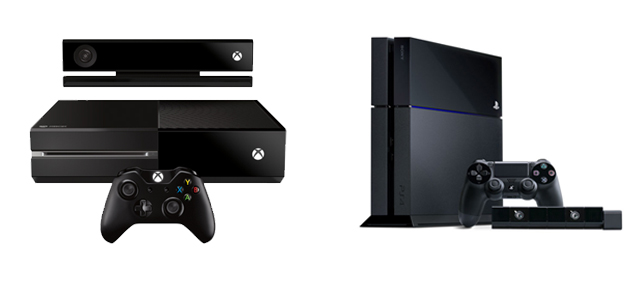Apple reportedly releasing new iPads after iPhone
Apple will launch its new iPad and iPad mini ahead of the "holiday shopping season," according to a new report.
Citing unnamed sources, Bloomberg reported Monday that Apple plans to release the new tablets after the new iPhone is reportedly announced on Sept. 10. The tech giant is expected to put the tablets on the market in time for the holiday shopping season.
The fifth-generation iPad is said to take on a slim design that is more like the iPad mini and a thinner bezel than the current model, but will not change its display size. The smaller tablet will likely get a high-resolution screen.
According to the Wall Street Journal, unnamed sources say that the iPad mini will come with a high-resolution "retina" display, but will maintain its 7.9-inch screen size.
Both tablets will come with an updated version of Apple's mobile operating system iOS 7, which has been completely redesigned. The new design is noticeably flatter, with redesigned icons, buttons, color schemes and slightly translucent-looking keyboard.
There are no details on when Apple will hold a press event. Last year, the tech giant unveiled the fourth generation iPad and iPad mini on Oct. 23.
Apple will launch its new iPad and iPad mini ahead of the "holiday shopping season," according to a new report.
Citing unnamed sources, Bloomberg reported Monday that Apple plans to release the new tablets after the new iPhone is reportedly announced on Sept. 10. The tech giant is expected to put the tablets on the market in time for the holiday shopping season.
The fifth-generation iPad is said to take on a slim design that is more like the iPad mini and a thinner bezel than the current model, but will not change its display size. The smaller tablet will likely get a high-resolution screen.
According to the Wall Street Journal, unnamed sources say that the iPad mini will come with a high-resolution "retina" display, but will maintain its 7.9-inch screen size.
Both tablets will come with an updated version of Apple's mobile operating system iOS 7, which has been completely redesigned. The new design is noticeably flatter, with redesigned icons, buttons, color schemes and slightly translucent-looking keyboard.
There are no details on when Apple will hold a press event. Last year, the tech giant unveiled the fourth generation iPad and iPad mini on Oct. 23.
No comments
Posted at 9:43 AM | by
Unknown












